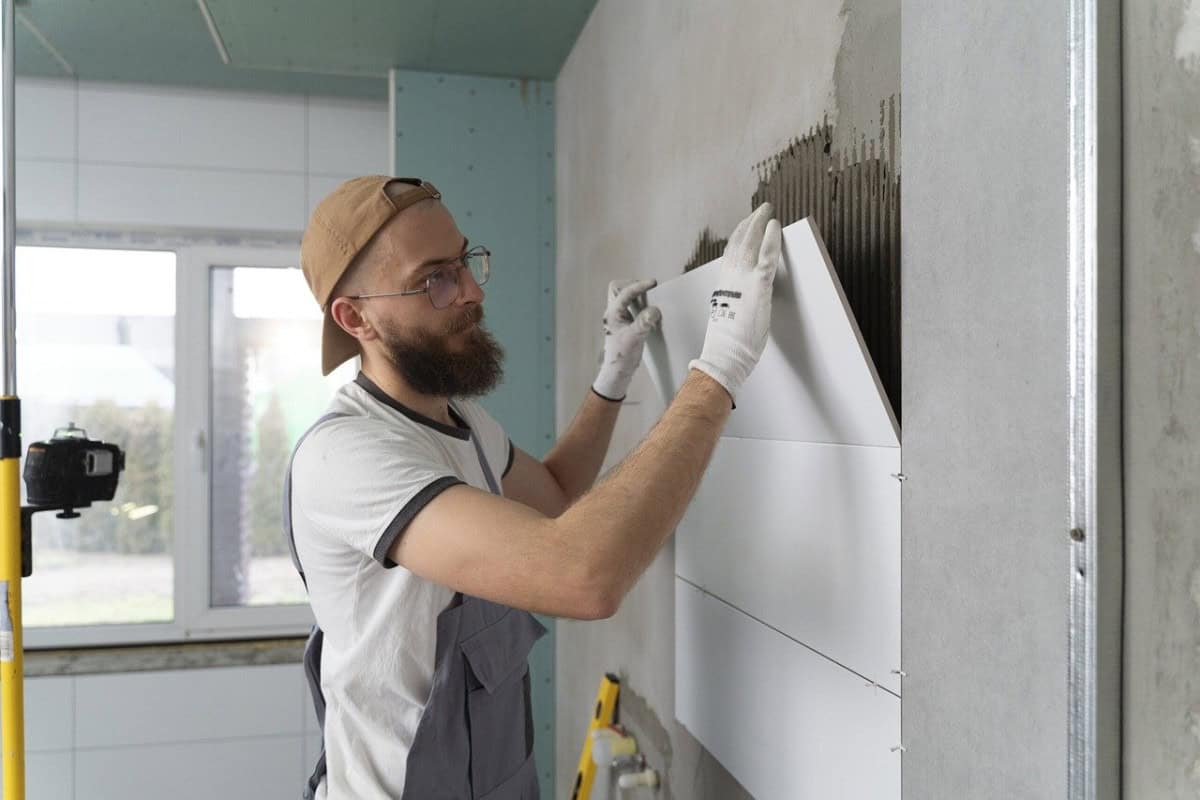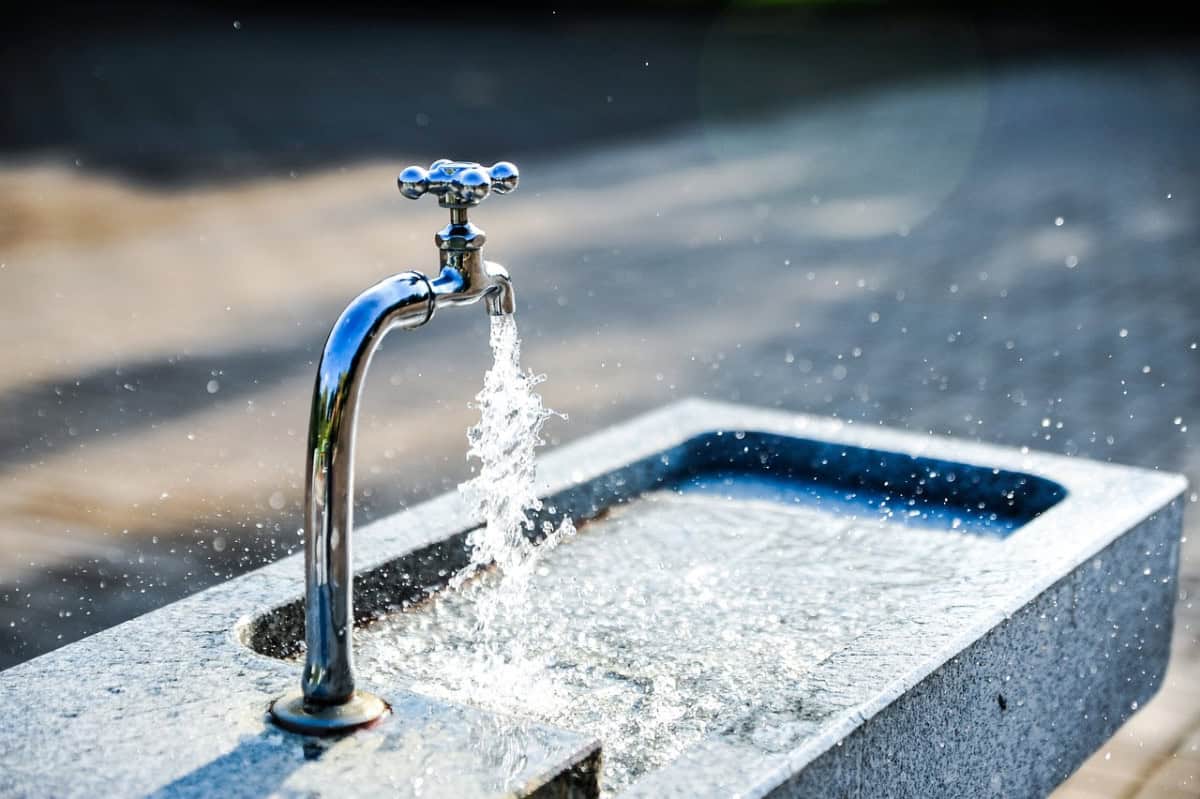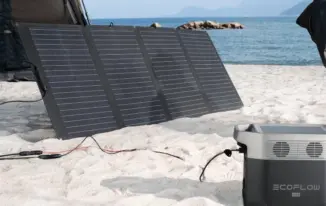Water damage in commercial properties can disrupt operations and result in significant financial losses. Understanding how to manage and recover from such situations is critical for business owners and property managers alike. This guide provides valuable information about commercial water restoration, outlining the steps to take, the processes involved, and key considerations for effective recovery. Whether you’re dealing with a minor leak or major flooding, having the right knowledge can make a substantial difference in recovery time and costs.

Understanding Water Damage in Commercial Settings
Water damage in commercial settings can originate from multiple sources, such as leaks, flooding, broken pipes, or issues with the building’s plumbing system. In addition, severe weather conditions, like heavy rainfall or storms, can cause roof leaks or overwhelm drainage systems, leading to significant water intrusion. It’s crucial to identify the source of the water damage quickly to begin an effective restoration process and prevent further structural issues or mold growth.
According to the Insurance Information Institute, water damage claims are among the most common types of property insurance claims, highlighting how frequently businesses face this issue. Not only can water damage disrupt operations, but it can also lead to costly repairs and potential health hazards. Regular maintenance and early detection are key to minimizing damage and ensuring a smooth restoration process in commercial buildings.
Initial Assessment and Mitigation
When water damage occurs in a property, the initial assessment is crucial to understanding the scope of the problem. This step involves evaluating the affected areas to determine the extent of the damage and identifying which areas need urgent attention. Immediate action is vital to prevent further issues, such as structural deterioration or mold growth, which can develop within 24 to 48 hours of water exposure. A prompt response minimizes long-term damage and reduces repair costs. Engaging restoration experts during the initial stages is essential for a successful recovery. These professionals are equipped to perform critical mitigation efforts, such as water extraction, dehumidification, and drying, all of which are necessary to prevent secondary damage. Early intervention can drastically reduce the impact of the water damage, safeguarding your property and ensuring a faster return to normal operations.
The Restoration Process
The commercial water restoration process is multi-faceted and begins with water removal. Using specialized pumps and vacuums, restoration professionals extract standing water from the affected areas, a critical step to prevent further damage. Once the water is removed, drying and dehumidification are essential to ensure all moisture is eliminated from the building’s structure, including walls, floors, and ceilings. Depending on the extent of the water damage and the drying techniques used, this process can take several days to complete.
After drying, cleaning and sanitizing the affected areas is necessary to address potential health risks. Water damage often introduces bacteria, mold, and other contaminants, so sanitization reduces these hazards. Lastly, repairs such as drywall replacement, painting, and flooring restoration must be completed to return the property to its pre-damage state. Proper restoration ensures the building is structurally sound and safe for occupancy, minimizing disruption to business operations.
Choosing Professional Restoration Services
While some property owners may consider DIY restoration after water damage, hiring professional restoration services is often the most effective approach. Commercial water restoration requires specialized equipment, such as industrial-grade dehumidifiers, moisture meters, and extraction tools, to handle the complexities of water damage properly. Professionals are trained to detect hidden moisture, prevent mold growth, and address structural concerns, which are crucial for thorough restoration. Additionally, working with experts ensures that the process is faster and more efficient, reducing downtime for businesses.
Professionals also offer valuable assistance in navigating the insurance claims process, helping to document the damage and communicate with insurers to streamline claims. When choosing a reputable restoration company, it’s important to verify their credentials, read customer reviews, and ensure they have the proper insurance coverage. A trusted service provider will offer a detailed, comprehensive plan that addresses all aspects of the restoration, ensuring your property is returned to its pre-damage condition.
Preventative Measures to Consider
To mitigate the risk of future water damage, businesses should implement preventative measures. Regular maintenance of plumbing fixtures, roofs, and drainage systems is essential to prevent leaks. Installing sump pumps and water alarms can provide early detection of water issues, allowing for prompt action.
Training staff to recognize the signs of water damage can also be beneficial. An informed team can act quickly, potentially saving the company from significant damages and restoration costs.

Commercial water restoration is a critical aspect of maintaining a business’s operations and safeguarding its assets. By understanding the steps involved in the restoration process, engaging with professionals, and implementing preventative measures, businesses can effectively manage water damage and minimize the impact on their operations.



